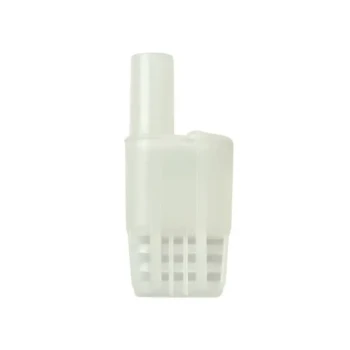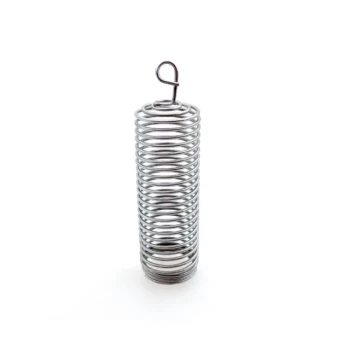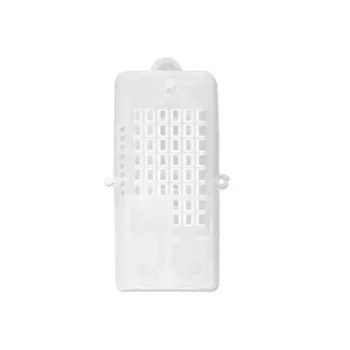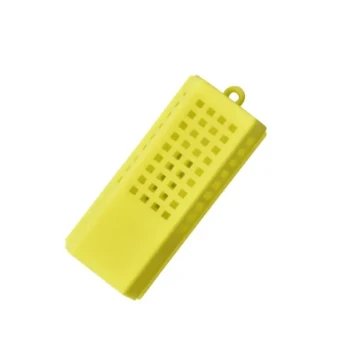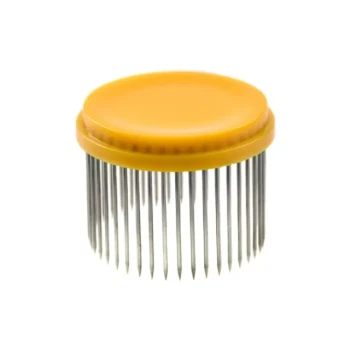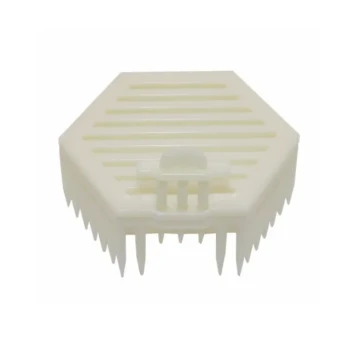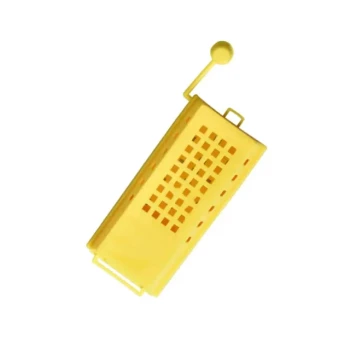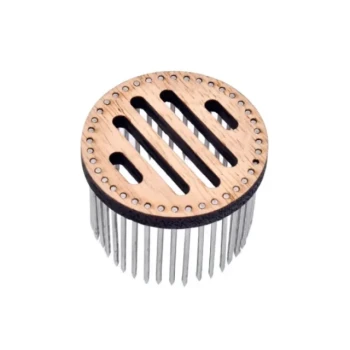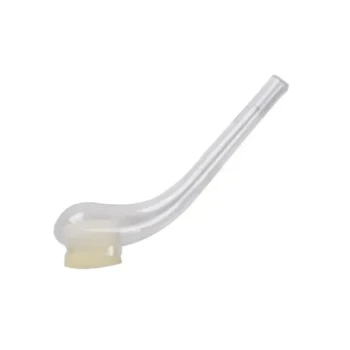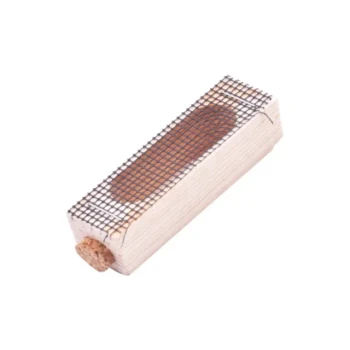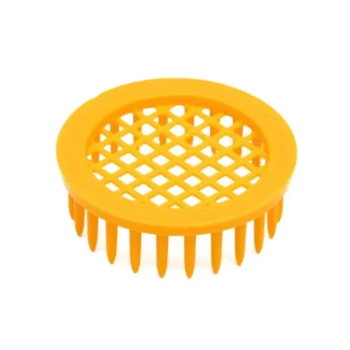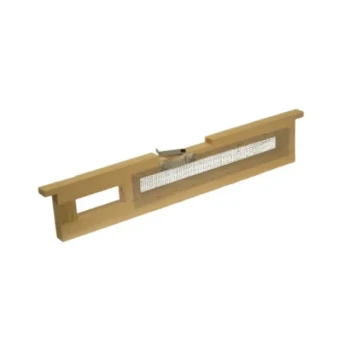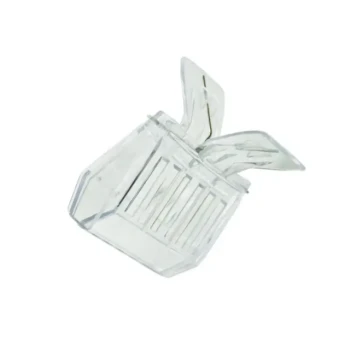The definitive sign of acceptance for a newly introduced queen is when she begins laying eggs. This crucial event confirms the colony has fully integrated her, which typically occurs about one week after her release into the hive.
A successful queen introduction is not a single event, but a gradual process of chemical and behavioral acceptance. While seeing her eggs is the ultimate confirmation, observing the colony's behavior during the first few days provides the earliest and most critical indicators of success.
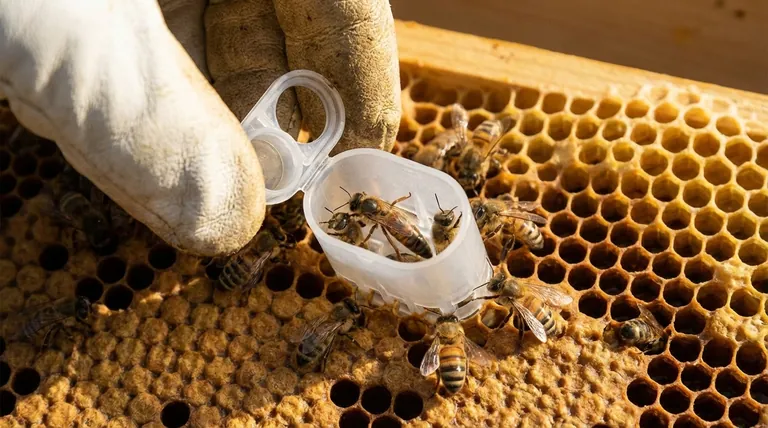
The Stages of Queen Acceptance
A queen cannot simply be dropped into a new colony; she would be perceived as a foreign invader and killed immediately. The introduction process is designed to slowly acclimate the hive to her unique pheromones.
The Initial Introduction Period
When a new queen arrives in a small cage, the cork is removed to expose a candy plug. The cage is placed in the hive, and the worker bees slowly eat through the candy to release her.
This slow release is intentional. It gives the colony several days to get used to her scent, or pheromones, which act as her chemical signature. The bees' behavior around the cage is your first clue to how the introduction is going.
Reading the Colony's Behavior
Calm acceptance is visible when worker bees are walking gently on the cage and attempting to feed the queen through the screen. This indicates they are beginning to see her as their own.
Aggressive rejection, known as "balling," is a clear sign of failure. This is when workers frantically cluster on the cage, biting and stinging it in an attempt to kill the foreign queen.
The Final Confirmation: A Laying Queen
After about a week, you can perform a hive inspection. The presence of tiny, rice-like eggs—ideally one per cell, centered at the bottom—is the unmistakable sign that she has been accepted and has begun her work.
Once her brood begins to emerge (which takes about three weeks from when the egg is laid), the colony's population will begin to grow rapidly, securing the future of the hive.
Common Pitfalls and Causes of Rejection
Understanding why a colony might reject a new queen is essential for ensuring a successful introduction. The primary reason for rejection is that the colony does not believe it is queenless.
The Problem of Lingering Pheromones
If the previous queen was recently removed, her pheromones can linger in the hive for several days. This signals to the bees that they still have a queen, causing them to reject any newcomer.
This is also why introducing a new queen cell can be risky. If the colony still senses it has a queen, the bees will destroy the cell before the new virgin queen can even emerge.
The Vulnerable Transition Period
Even after a new queen starts laying, the colony enters a period of vulnerability. The population will naturally shrink for 5-6 weeks until her first wave of offspring matures into adult bees.
A failed introduction during this time can be catastrophic, as the colony may not have enough time or resources to raise another queen before its population dwindles too far.
Making the Right Choice for Your Goal
Your actions during the first week are critical. A patient, observant approach will dramatically increase your chances of success.
- If your primary focus is early assessment (1-3 days): Look for calm behavior around the queen cage, not aggression. Your goal is to confirm the bees are acclimating to her scent.
- If your primary focus is confirming release (3-5 days): Check that the queen has been released from her cage. If not, you may need to manually release her, but only if the bees are not acting aggressively toward her.
- If your primary focus is confirming acceptance (7-10 days): Look for eggs. This is the only definitive proof that the new queen is integrated and functioning as the heart of the colony.
Ultimately, a successful requeening depends on ensuring the colony is ready for their new monarch and giving them the time they need to accept her.
Summary Table:
| Stage | Timeline | Key Indicator |
|---|---|---|
| Initial Introduction | Day 1-3 | Calm bees feeding queen through cage screen. |
| Release & Acclimation | Day 3-5 | Queen is released from cage; no aggression. |
| Final Acceptance | Day 7-10 | Queen is seen laying eggs (one per cell, centered). |
Ensure successful requeening with reliable equipment from HONESTBEE. A failed introduction can lead to a lost colony. We supply commercial apiaries and distributors with the high-quality, durable supplies—like secure queen cages and introduction tools—needed for smooth hive management. Protect your investment and secure your colony's future. Contact our wholesale experts today to discuss your apiary's needs.
Visual Guide
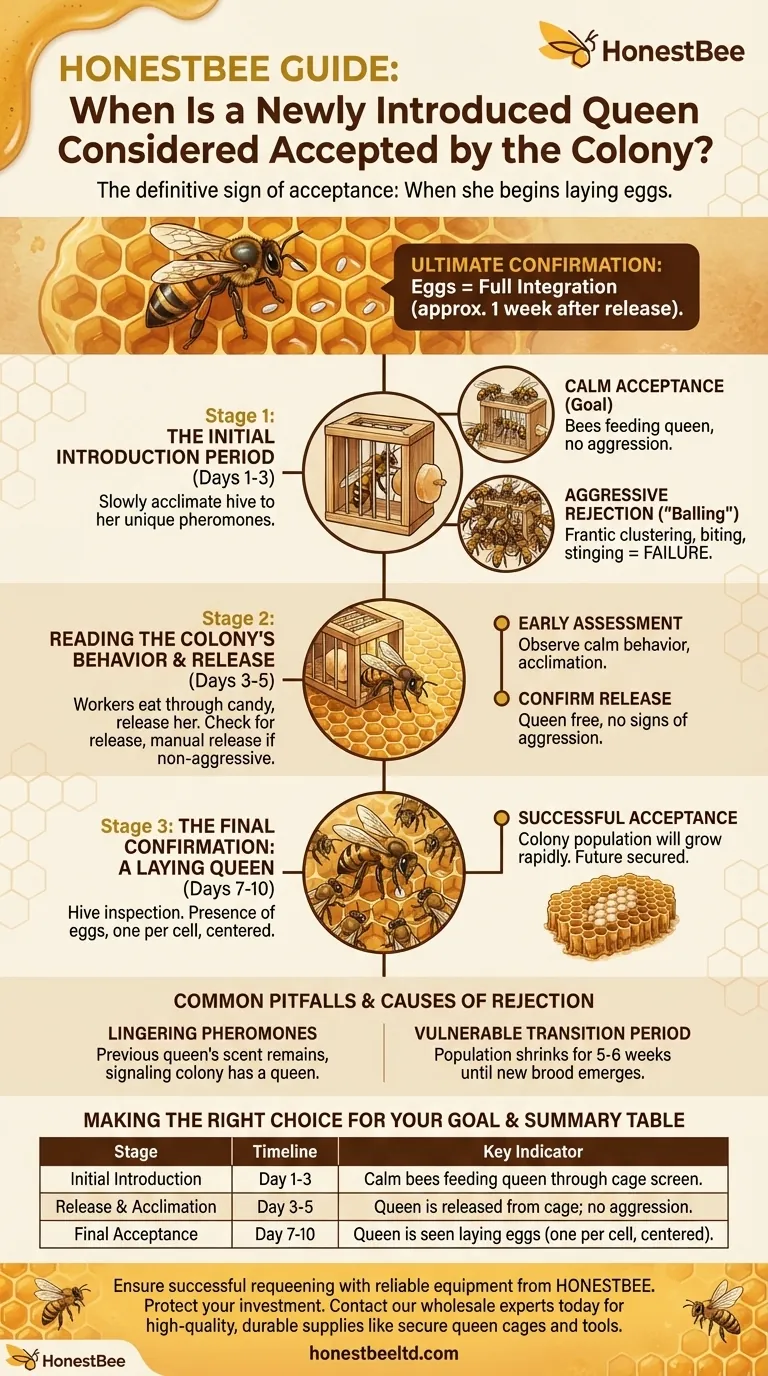
Related Products
- Multi-Function Queen Roller Cage and Catcher
- Durable Galvanized Steel Spring Queen Bee Cage
- Professional Multi-Functional Queen Bee Cage
- Professional Multi-Compartment Queen Cage with Sliding Lid
- Professional Round Push-In Queen Cage with Metal Tines
People Also Ask
- How do you check if the queen has been released after installation? A Guide to Successful Queen Acceptance
- What are the steps for installing a queen using a shipping cage? A Guide to Successful Queen Introduction
- How should a queen cage be maintained over time? Ensure Queen Introduction Success
- When are queen cages typically used in beekeeping? Ensure a Successful Queen Introduction
- What are the components of a standard queen cage? A Guide to Safe Queen Introduction
